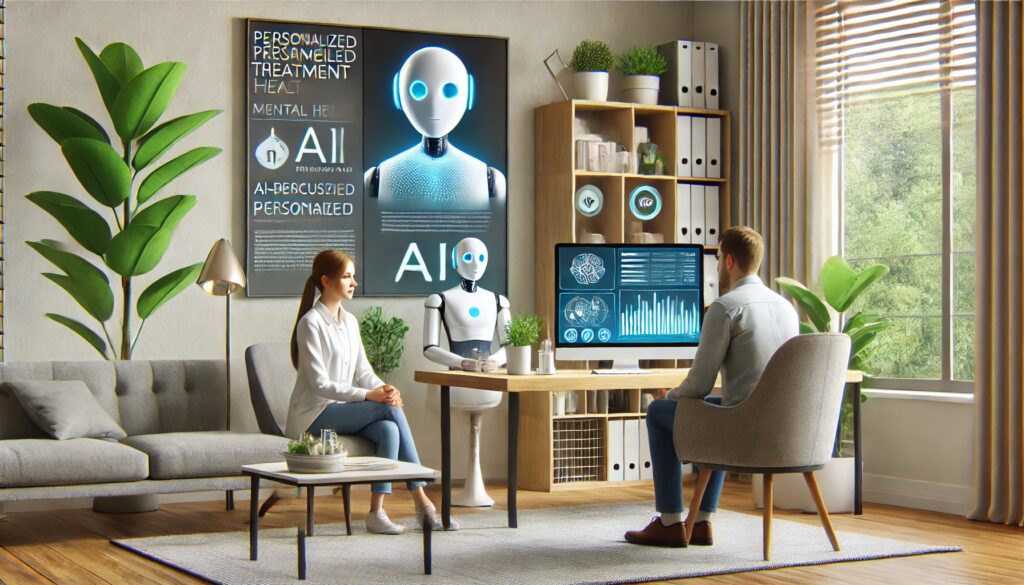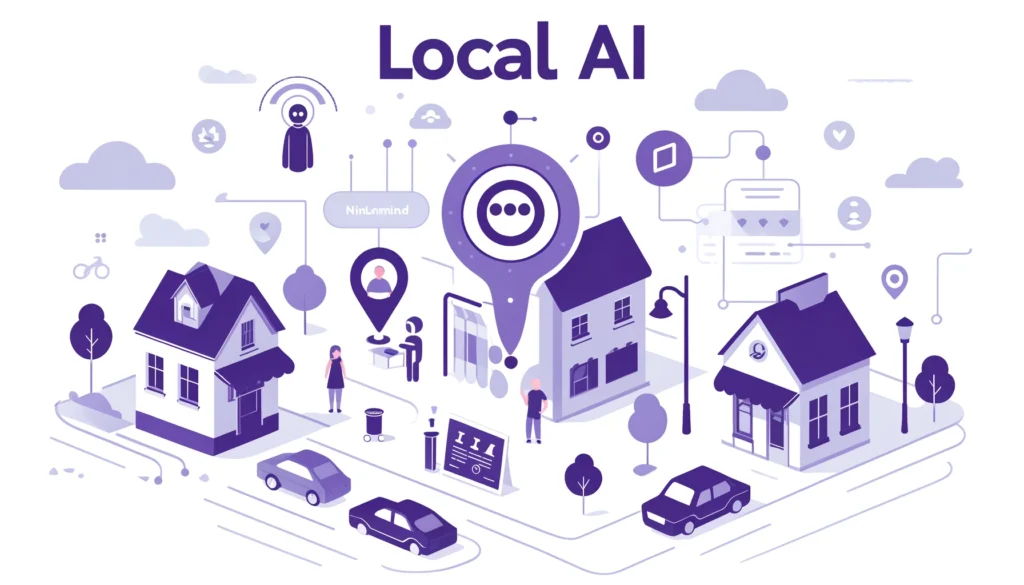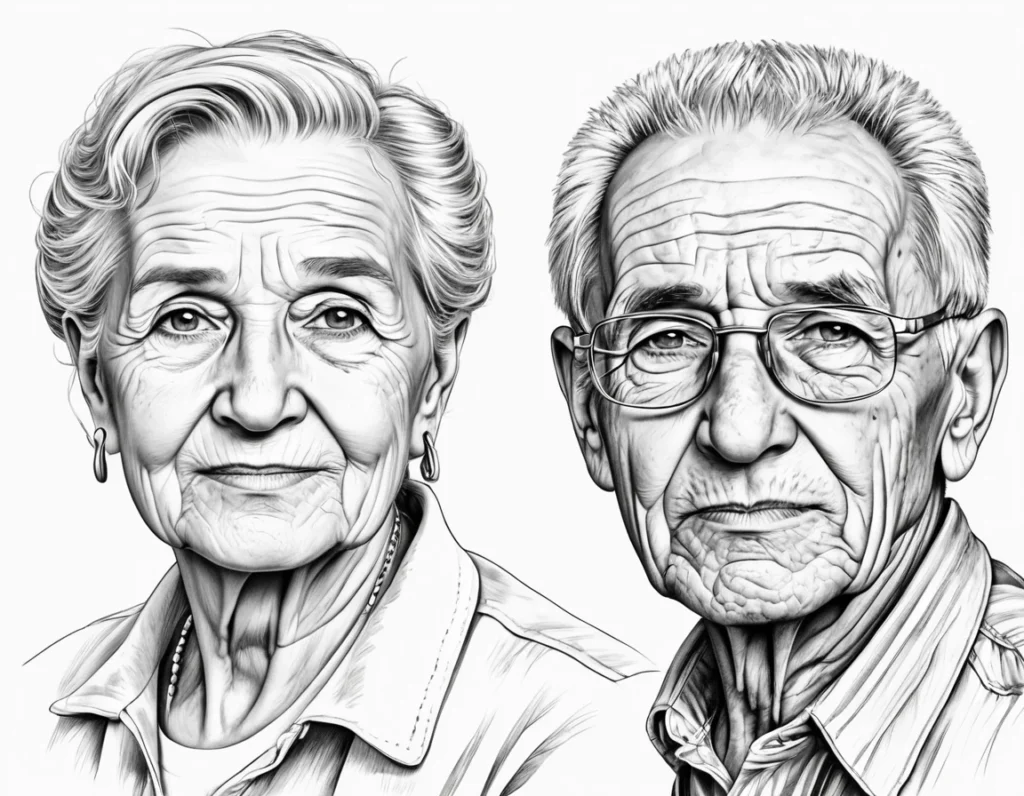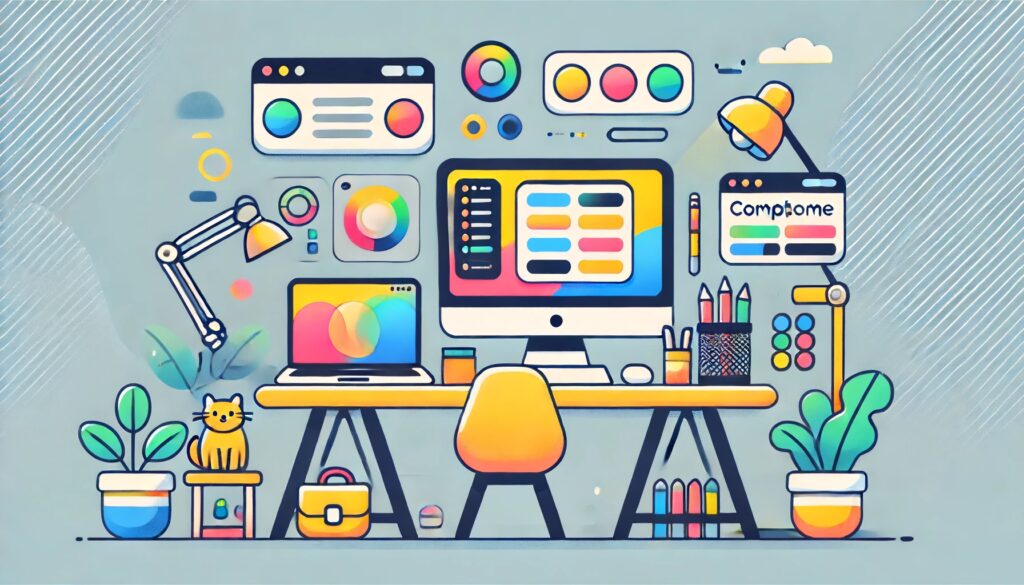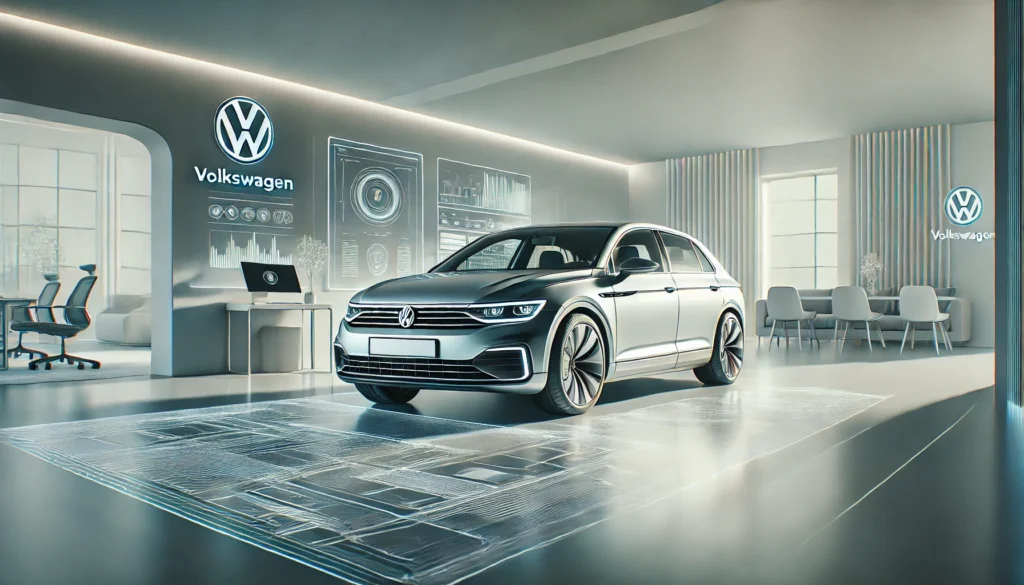
Volkswagen Revolutionizes Vehicle Design with ChatGPT Integration
Volkswagen has taken a bold step into the future by integrating ChatGPT into its vehicle design and customer experience. Announced at CES 2024, this cutting-edge integration promises to enhance both the creative process and user interaction in Volkswagen’s latest models.
Enhancing the Design Process
By incorporating ChatGPT into the vehicle design process, Volkswagen aims to boost creativity and efficiency. Designers can now leverage the AI to generate innovative ideas, receive instant feedback, and optimize designs in real-time. This AI-driven approach allows for rapid iteration and improvement, ensuring that each vehicle meets the highest standards of performance and safety.
Revolutionizing User Experience
ChatGPT’s integration isn’t just for the designers—customers will experience a whole new level of interaction with their vehicles. The AI is embedded within the IDA voice assistant, making it easy for users to control infotainment systems, navigation, and even air conditioning with simple voice commands. Imagine adjusting your car’s temperature or finding the best route just by asking your car to do it!
Benefits Beyond Convenience
Volkswagen’s use of ChatGPT extends beyond convenience. It’s about creating a personalized and engaging driving experience. The AI can answer general knowledge questions, provide vehicle-specific information, and enrich conversations, making every journey more enjoyable. Plus, with Cerence Chat Pro ensuring data security, users can trust that their personal information is protected.
Looking Forward
This integration marks Volkswagen as a pioneer in using AI technology to improve both vehicle design and customer satisfaction. The company is committed to democratizing technology, making innovative features accessible to all its users. By doing so, Volkswagen not only enhances its vehicles but also sets a new standard in the automotive industry.
Expanded Use Cases
- Advanced Prototyping:
- Virtual Simulations: Use ChatGPT to create detailed simulations of new vehicle designs, predicting performance, safety, and consumer reactions before physical prototyping.
- 3D Printing Guidance: Provide real-time recommendations for 3D printing materials and techniques based on design specifications.
- Sustainability Initiatives:
- Eco-friendly Materials: Analyze and suggest sustainable materials and processes to reduce the environmental impact of new vehicle designs.
- Energy Efficiency: Offer design improvements focused on enhancing fuel efficiency and reducing emissions.
- Customization and Personalization:
- User Interface Design: Assist in designing intuitive and customizable user interfaces for in-car infotainment systems.
- Interior Layouts: Suggest personalized interior layouts and features based on user data and preferences.
- Safety Enhancements:
- Crash Test Predictions: Use AI to predict crash test outcomes and suggest design modifications to improve safety ratings.
- Driver Assistance Features: Help design and optimize advanced driver-assistance systems (ADAS) for better safety and user experience.
- Market Analysis and Trend Prediction:
- Consumer Trends: Analyze social media and market data to identify emerging trends and incorporate them into new designs.
- Competitive Analysis: Provide insights into competitors’ design strategies and suggest ways to outperform them.

Enhancing the Design Workflow
- Cross-Department Collaboration:
- Integrated Platforms: Create a centralized platform where designers, engineers, and marketers can collaborate seamlessly with input from ChatGPT.
- Feedback Loop: Establish a continuous feedback loop where ChatGPT gathers input from all departments to refine design proposals.
- Design Variants:
- Rapid Iteration: Generate multiple design variants quickly to explore a broader range of possibilities and identify the most promising concepts.
- A/B Testing: Facilitate virtual A/B testing of design features to determine which options resonate best with potential customers.
- Training and Development:
- Skill Enhancement: Offer training modules and workshops for designers and engineers on leveraging ChatGPT in their workflows.
- Knowledge Base: Develop a comprehensive knowledge base with ChatGPT, incorporating best practices, design guidelines, and troubleshooting tips.
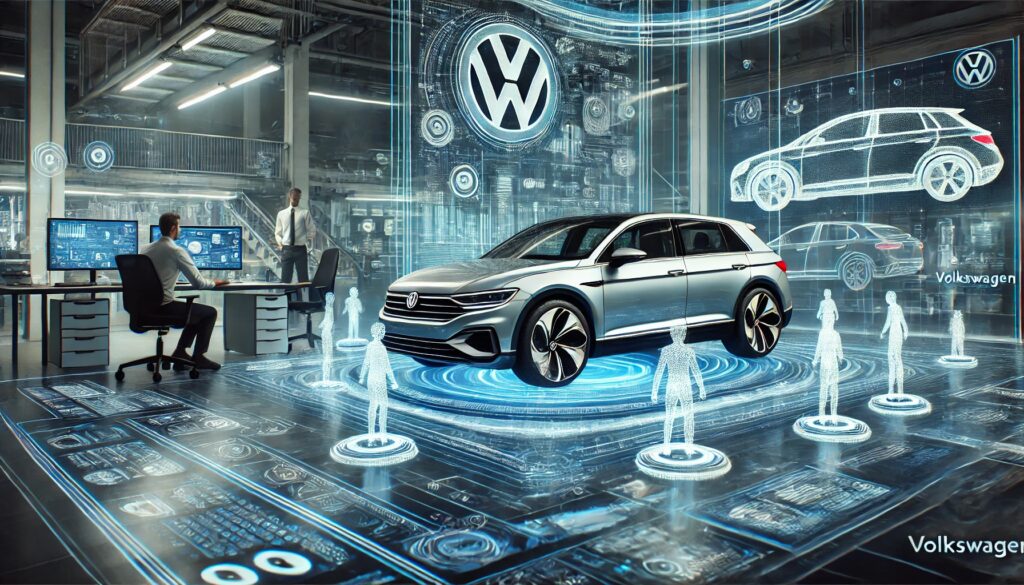
Future Integrations
- AI-Driven Manufacturing:
- Smart Manufacturing: Integrate ChatGPT with IoT devices and robotics on the production floor to streamline manufacturing processes and reduce errors.
- Quality Control: Use AI to enhance quality control measures, ensuring that each vehicle meets high standards before leaving the factory.
- After-Sales Support:
- Customer Service: Implement ChatGPT-powered virtual assistants to help customers with vehicle maintenance, troubleshooting, and customization options.
- Feedback Collection: Continuously gather and analyze customer feedback to inform future design improvements and new model development.
- Global Collaboration:
- International Teams: Facilitate collaboration among Volkswagen’s global design teams, leveraging ChatGPT to overcome language barriers and time zone differences.
- Cultural Adaptation: Ensure that vehicle designs are adapted to meet the preferences and needs of different regional markets.
Potential Challenges and Solutions
- Data Privacy:
- Secure Data Handling: Implement robust data protection measures to ensure that user data and proprietary design information are secure.
- Transparency: Maintain transparency with users about how their data is used in the design process.
- Adoption and Training:
- User-Friendly Interfaces: Develop intuitive interfaces for ChatGPT applications to encourage widespread adoption among staff.
- Continuous Learning: Provide ongoing training and support to ensure that employees can effectively use new AI tools.
- Integration with Existing Systems:
- Compatibility: Ensure that ChatGPT can seamlessly integrate with existing design and manufacturing software used by Volkswagen.
- Scalability: Design the integration to be scalable, allowing it to grow and evolve with Volkswagen’s needs.
By integrating ChatGPT into these various aspects of vehicle design, Volkswagen can not only streamline its design process but also push the boundaries of automotive innovation.
For more details on Volkswagen’s innovative use of ChatGPT, check out the latest updates from Volkswagen Newsroom and Automotive Addicts.
